
Phylum : Arthropoda
The Arthropods contain more species than any other group in the Animal Kingdom. There are currently well over one million known species and conservative estimates project that there are at least another million waiting to be found and described.
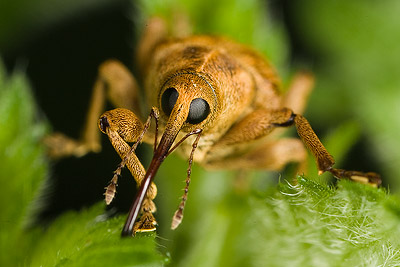
The vast majority of the species in the Hexapoda are insects and are distinguished by having only three pairs of legs attached to the thorax (almost all other arthropods have more than 3 pairs of legs). It is the most diverse and abundant group on Earth.
|
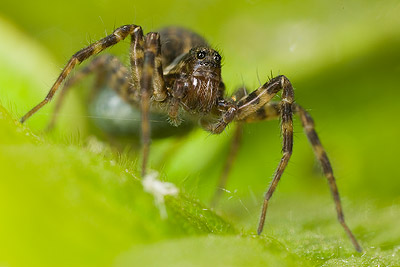
Subphylum: Chelicerata (Class: Arachnida) Chelicerata get their name from the appendages found in front of the mouth, usually pincer-type organs to aid feeding. In the spiders these are modified into fangs for injecting venom into their prey. Only the members of the Class Arachnida are illustrated here, since all the other Classes are exclusively marine species. Includes : Spiders, Harvestmen, Ticks and Mites
|
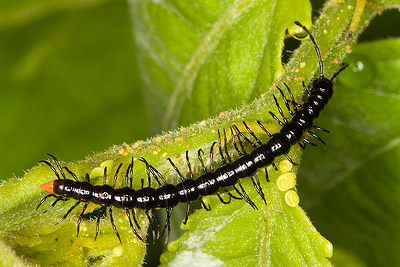
As their name suggests Myriapods have many legs, ranging from 10 to as many as 750. All the known species are terrestrial. Includes : Centipedes, Milipedes & Symphylans |
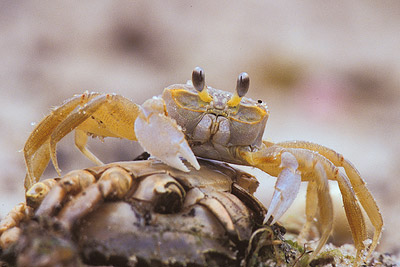
The majority of crustaceans are marine species, but a few are adapted to a terrestrial existance. Includes : Crabs, Crayfish, Shrimps, Isopods & Barnacles. |
Arthropod Vectors of Human Diseases
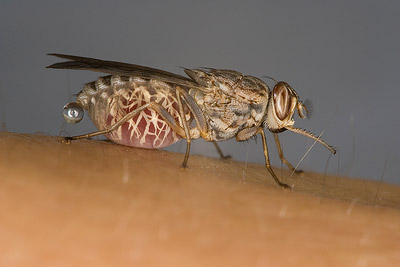
A few species of arthropods are responsible for the transmission of several serious diseases. Some of the most important vectors and the diseases they transmit are highlighted in these galleries.
Ray Wilson owns the copyright of all images on this site.
They may not be used or copied in any form without prior written permission.
raywilsonphotography@googlemail.com